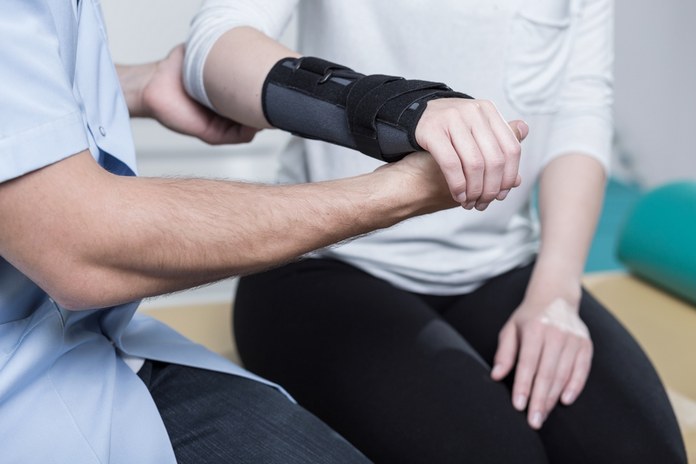Nonpharmacologic interventions

Nonpharmacologic interventions are a type of treatment that does not include any drug. In most cases, this intervention is used along with medicines to provide the best results. Examples of nonpharmacologic interventions include acupuncture, immobilization, and physical therapy. According to studies, the most effective include:
- Heat application: This is considered home treatment, but it is often prescribed or recommended by a doctor, too. It involves applying heating pads, moist heat, or hot packs to the affected articulation. This is an excellent alternative because it provides muscle relaxation in case of tension. Heat can be applied for a few minutes and shouldn’t exceed 20 minutes each time. After applying heat for this period, you may want to wait a few hours to use heat once again.
- Cold application: Heat relieves pain when you have muscle tension. Cold application will be even more effective if the main problem is inflammation. Applying cold is usually done with ice packs. You can also buy a gel pad you can take to the fridge and apply to the affected area. It is an effective option for acute injuries, mainly when they result from trauma. Cold should also be applied for no more than 20 minutes at a time. It is also important to avoid applying ice directly to avoid frostbite injuries on your skin.
- Physical therapy: In some cases, patients should complement their medical treatment with physical therapy. That’s particularly important after splinting and prolonged immobilization. Physical therapy or rehabilitation can combine strength with flexibility and range of motion exercises to improve circulation, protect the affected articulation, and decrease pain. This type of therapeutic regime can be of help after fractures and after treating carpal tunnel syndrome. Sometimes it involves massages. In other cases, it is through exercises that stimulate muscle function.
- Support and immobilization: This includes wrapping, splinting, and casting. It is an essential step in healing fractures and other structural damage on the wrist. Immobilization helps with swelling and reduces pain. When tendons are involved, splinting is often enough to solve the problem. Casting is reserved for fractures, and wrapping is sometimes recommended in nerve entrapment syndromes.
- Acupuncture: Some studies suggest that acupuncture can reduce pain and inflammation in patients with wrist pain. It is not a medical treatment but can be used along with medical treatment for better results.
